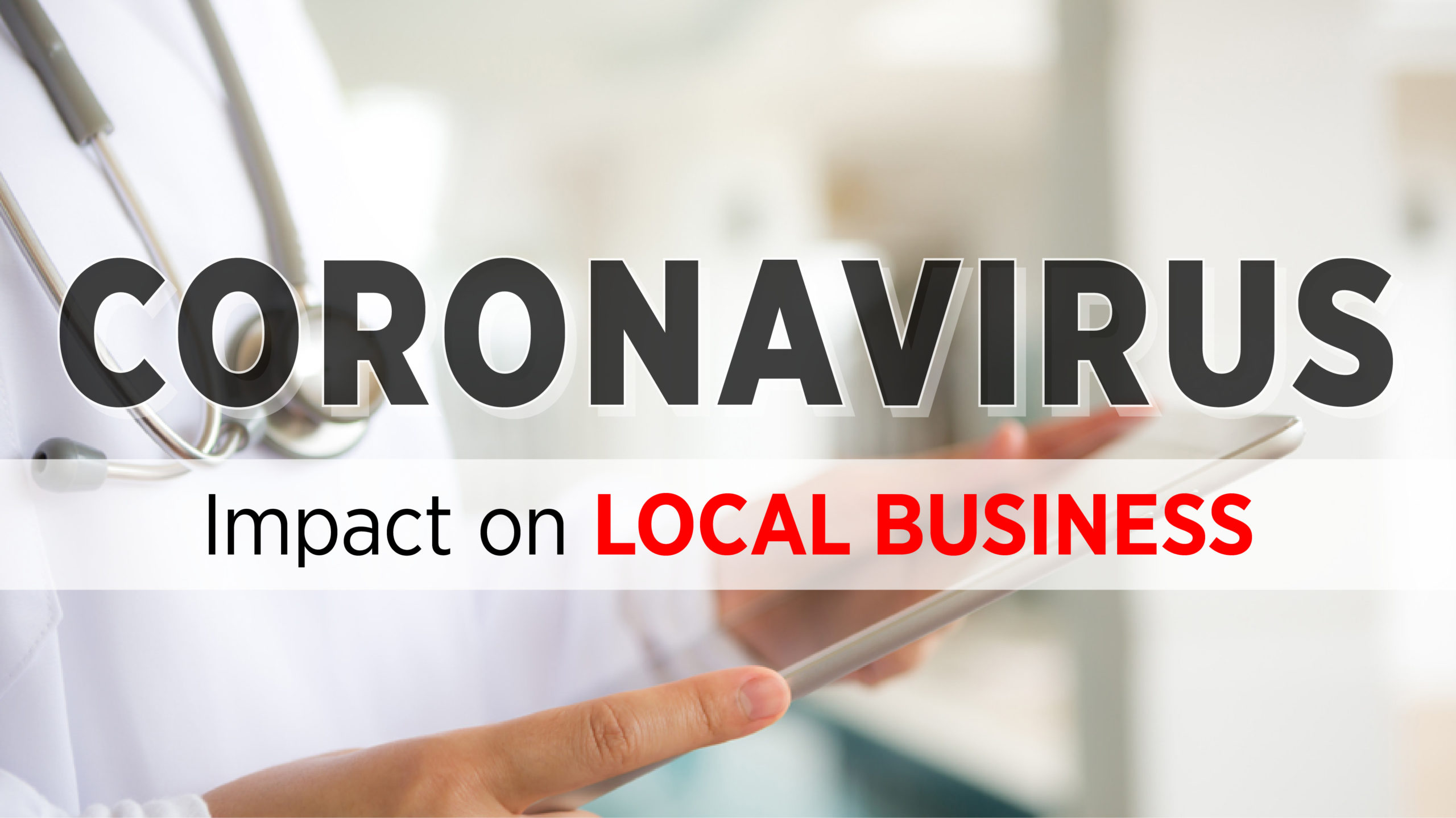YOUNGSTOWN, Ohio — As businesses navigate uncharted waters through the COVID-19 crisis, how much money they have available is among the chief concerns.
Most financial institutions that operate locally – Home Savings Bank, Farmers National Bank, 717 Credit Union, First National Bank of Pennsylvania, Chase, Huntington Bank and PNC Bank among them – have instituted payment deferrals of up to 90 days and waived late fees.
At Home Savings, lenders started reaching out to clients “well before” Gov. Mike DeWine began ordering business shutdowns to slow the spread of COVID-19, says Frank Hierro, Mahoning Valley market president. As of March 25, he said the bank had been in touch with 90% of its business clients via either email or phone.
“We’re not surprised by the responses and concerns. There’s anxiety about employees, financial well-being, the commitments they’ve made to customers and suppliers,” Hierro says. “The vast majority of requests center around our ability to assist with payment deferrals” and new lines of credit have been extended.
A similar relief program has been instituted at Farmers, says chief banking officer Mark Witmer, and launched the week ending March 21. Talking to The Business Journal the following week, he says the bank didn’t yet have firm numbers of how many clients, both businesses and individuals, had inquired about relief.
“I’ve heard from quite a few of the branches and our lenders that we’re seeing a large volume of calls come in,” Witmer says. “Most people we talk to don’t fear of losing their job permanently. They just want to know how to get through this time, whether it’s a month or two months or three months. They’re looking for relief until work starts back up again.”
Witmer referred to comments made by James Bullard, chairman of the Federal Reserve Bank of St. Louis, who argued for a “national pandemic adjustment period” to engineer a controlled economic slowdown through the second quarter. Among the actions called for are reducing activity in all sectors except those producing essential goods.
“Everybody believes this is different from any other economic downturn we’ve had, ever,” Witmer says. “This is a planned economic slowdown to deal with the health issues. This will pass.”
Witmer and Hierro say they believe the two relief bills passed as of March 26 are likely just the first steps. “We believe that there will be a program where you apply directly through a bank for a loan that’s guaranteed through the [Small Business Administration],” Hierro says.
Adds Witmer, “We’ve yet to see those details; but they’ll probably be administered through the banks. There could be additional money if it’s needed to restart business and go beyond just payment relief. It’s obvious there’s going to be more offered by the government through banks.”
Already available are Economic Injury Disaster Loans through the SBA. The loans offer up to $2 million per business at 3.75% for businesses and 2.75% for nonprofits. Loans are available to borrowers who don’t have credit available elsewhere. The loan can be used to pay fixed debts, accounts payable, payroll and other bills that can’t be paid because of the pandemic.
“Businesses need to show that they’ve suffered a downturn in sales, a downturn in cash flow for a certain period,” says Gil Goldberg, director of the SBA’s Cleveland district. “They can also project it out for the time they expect their sales to decline. Restaurants won’t expect to have any sales, or very small sales if they do take-out and delivery; so they can project out what their business will be.”
Among the paperwork that needs to be submitted, aside from the application itself, is an IRS relief form, income tax forms, tax information authorization form, a schedule of liabilities and a personal financial statement.
“One thing people don’t do all the time is the personal financial statement. That documents how much you have in the bank, how much in the retirement account, how much your house is worth, how much the business is worth, how much your debt is,” explains Tim Petrey, managing partner of HD Davis CPAs. “It basically says what your net worth is. If you’re not accustomed to doing it, that’s what’s going to take a bit longer.”
As Petrey has worked with clients on applications for the Economic Injury Disaster Loan program, he says it’s taken about four hours to submit if all their paperwork is together.
The loans are expected to be processed quickly, said SBA Region 5 director Robert Scott during a conference call March 20. “We have been told that the entire approval process should be passing between 18 and 20 days and then disbursing monies within three to five days,” he said. “As of right now, we’re churning through it at a rapid pace.”
Scott and Terry Louk, loan officers at Mahoning Valley Economic Development Corp., say that if a business is considering applying, its first call should be to its bank.
“The important thing to remember is to reach out to existing lenders first and foremost to see if they can provide immediate cash flow relief,” Louk says. “Maybe it’s some sort of modification or deferment while you work on your disaster loan application. It’s going to take some time to process. If you have existing debt payments, the bank can get you into something quicker.”
